Well, the internet is awash with information about Cafennol. A lot of it's extremely useful and it's what I used to get going, producing some great looking negatives.
But...
There are thousands and thousands of websites that state quite categorically that you shouldn't do it with real coffee. It either just plain does not work or the results are extremely bad. You should only use instant coffee and the quality of results is inversely proportionate to the quality of the coffee.
If you dig a little deeper, you will find that a small number of people dispute this. Their thesis is that, yes, you can use real coffee, but you shouldn't use arabica beans and only robusta beans will work.
I decided that this couldn't be the case and that I would prove it for myself.
After one pretty good trial on a roll of Fomapan 200 and 90 grammes of arabica beans, I came up with some pretty good results as in a previous post and copied here. The beans were the cheapest arabica beans I could find because I didn't want to spend too much money on a lot of experiments.

So my next step was to set about the process of seeing how sensitive the recipe was to changes in the concentration of coffee in the developing mixture. The idea being that, if I changed my choice of bean (which I intend to do, for a forthcoming project) or if the actual beans of choice prove to vary in consistency, I would have an idea of what sort of degree of change would be required to the concentration to ensure a consistent quality of images.
I set about this by shooting a whole roll of the same scene from a tripod and cut short sections from it to enable me to develop just a few frames at a time. I, first of all used the same concentration as my original trial and then varied that in four increments of 25%.

The differences between the various concentrations were actually really quite small, so I decided to stick with my original recipe.
Now it was time to try it with some really good quality beans!
So, I got some Beloya beans from Atkinsons, the local roasters, and ground up a 90 gramme batch to develop another short strip from my test roll. It came out just fine, so time to go out and shoot a full new roll to develop.










